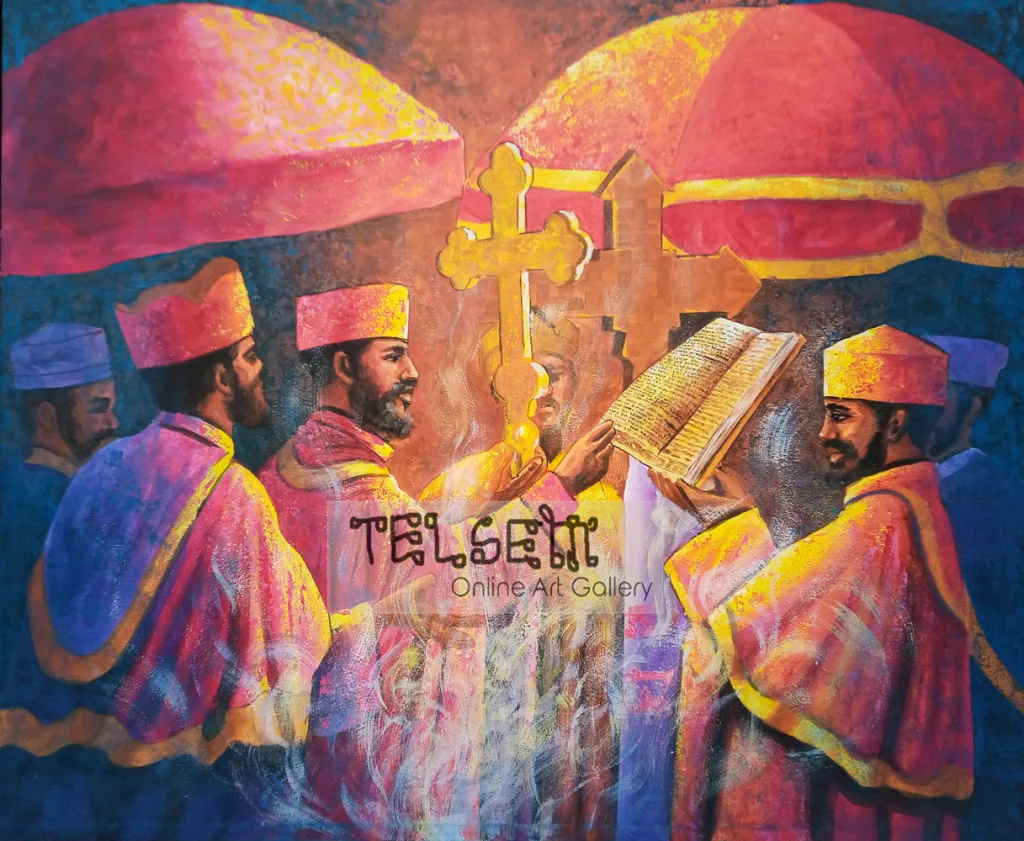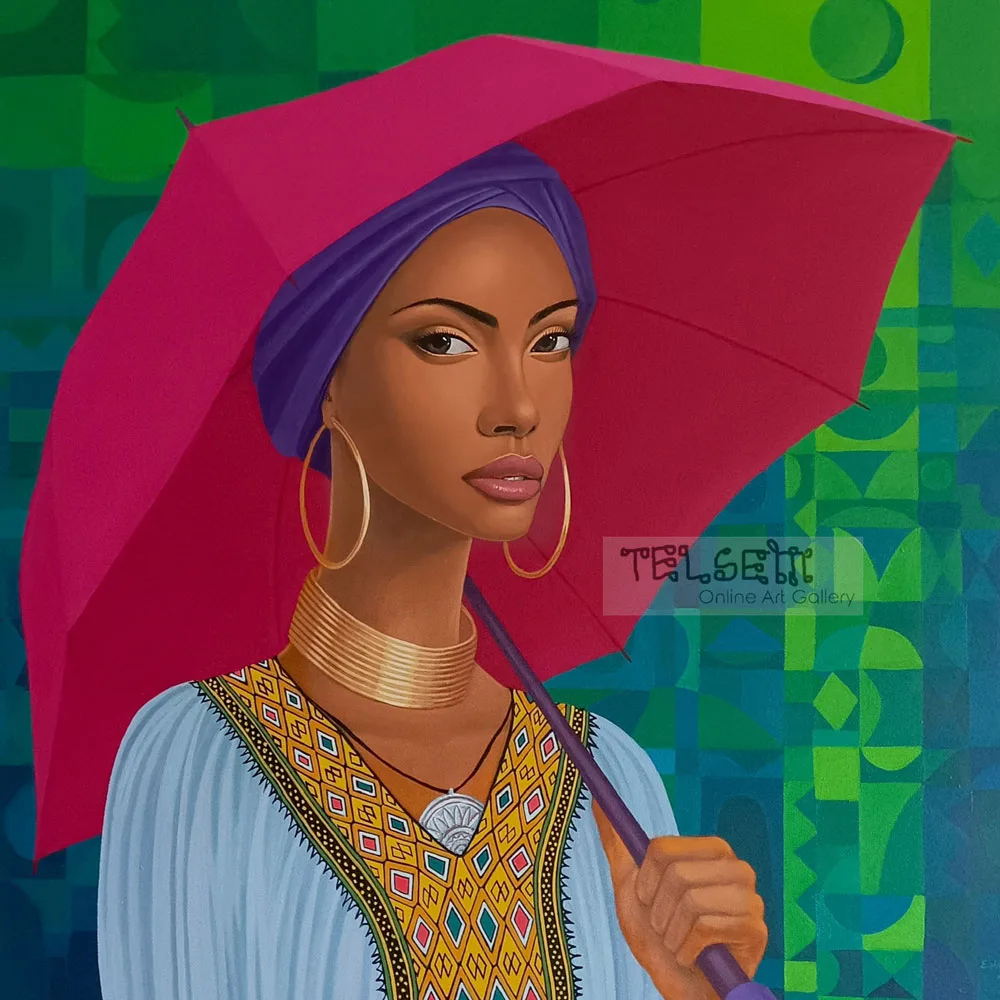Blog
The Significance of Art in Ethiopian Culture
Ethiopia is a land of rich history, vibrant traditions, and a unique cultural identity. From the towering obelisks of Axum to the ancient rock-hewn churches of Lalibela, art and craftsmanship have always been central to Ethiopian life. In this blog, we’ll explore how art has shaped and reflected our culture through the centuries, and why it remains such an important part of who we are today.

Art as a Mirror of Ethiopian History
Ethiopian art is deeply intertwined with the country’s history, serving not only as a form of expression but also as a medium through which stories are told. One of the most iconic examples is the religious art found in Ethiopia’s Orthodox Christian tradition. From the 4th century onwards, Ethiopian churches were adorned with elaborate murals and intricate icons, often depicting biblical stories, saints, and angels.
These artworks were not only meant to beautify places of worship, but they also served as educational tools for the largely illiterate population. Through the use of color, symbolism, and detailed storytelling, these paintings helped Ethiopians visualize and understand religious teachings. To this day, visiting one of Ethiopia’s historic churches offers a window into both spiritual devotion and artistic mastery.
Traditional Craftsmanship: Beyond the Canvas
Ethiopian art is not limited to paintings and drawings. It extends to textiles, pottery, basket weaving, and even jewelry-making. Our traditional artisans have passed down their skills from generation to generation, ensuring that these crafts remain vibrant and relevant.
For instance, the weaving of shamma and netela—traditional Ethiopian garments—often incorporates intricate patterns that represent cultural symbols and regional identities. Basket weaving, practiced widely by women, results in beautiful mesob (basketry used for serving food), which is not only functional but also decorative.
Even coffee ceremonies, a cherished aspect of Ethiopian culture, involve artistic elements. The presentation of coffee, with its meticulously arranged cups, incense, and hand-painted ceramics, shows that art permeates everyday life. It’s through such traditions that Ethiopian art remains connected to the rhythm of daily life.


